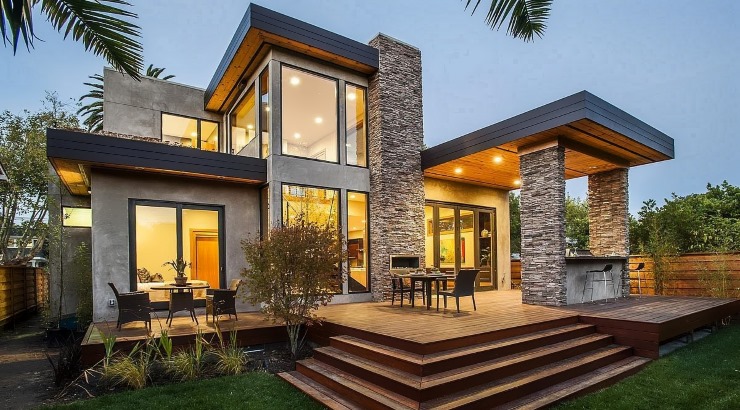Residential Projects
Why Steel Houses are Becoming Popular in Kenya
Light gauge steel structures save developers up to 20 per cent of the construction cost.

Prefabricated steel houses are increasingly gaining popularity in Kenya as demand for truly affordable housing rises.
According to Eco-Steel Africa, a steel construction firm that deals with prefabs, steel prefabricated houses have become a popular choice among individuals looking to lower the cost and time taken to build homes.
The Magadi-based company uses light gauge steel structures to make panels which are then assembled at a factory to make the structure of a house.
“The light gauge structures save developers up to 20 per cent of the construction cost as compared to conventional building,” says Eco-Steel Africa managing director Gary McIntyre.
The panels are usually manufactured in standard sizes and are easily shipped to a construction site for quick assembly.
The structure of the house is made using light gauge steel panels which are assembled using bolts at the factory. This leaves no room for errors in terms of measurement as every panel must fit correctly with the other panels.
It also minimizes equipment, manpower, and space required on the site.
Depending on the purpose of the structure, the prefabs can be permanent or temporary. The permanent prefab house starts with a concrete foundation while the temporary ones use steel columns raised above the ground.
The houses can be easily dismantled and set up in another location.
RELATED: Kenyan Builders Bet Big on Prefabricated Homes
After the structure has been assembled on site, gypsum board panels are drilled on the walls and an adhesive is used to seal the joints. Waterproof gypsum boards are used for the kitchen, bathroom, and the exterior of the house. This ensures the house can withstand all weather patterns.
Pergo Flooring
Pergo flooring is most suitable for houses as it is durable, easy to install, absorbs sound, and blends well with the gypsum boards. The roofing depends on personal preference therefore any material can be used with iron sheets and tiles being the most common.
When complete, the interiors of the prefab houses look just like those of regular homes due to the various finishing touches done on the walls such as cladding using canvas, fiber cement boards and gypsum boards.
A low-cost prefab steel house costs between Sh30,000 to Sh35,000 per square metre while the up-market ones cost about Sh60,000 per square metre. This translates to Sh600,000 onward depending on the size of the house.
Prefab steel homes are popular worldwide with Sweden, Japan, and Turkey being the largest consumers. This is due to steel’s durability and strength (it has the highest strength-to-weight ratio of any building material), which makes it resistant to extreme weather and earthquakes.














